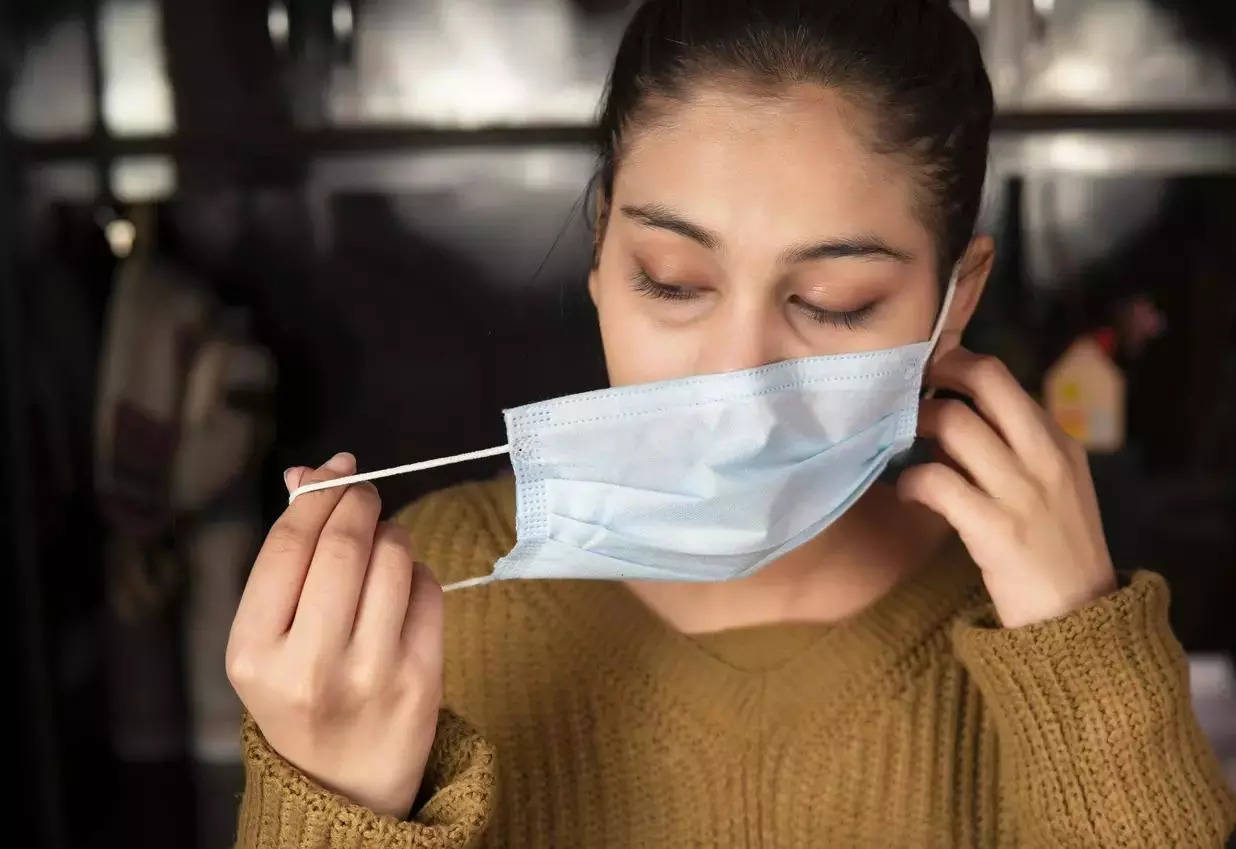Can Masks Protect You from Air Pollution? Here’s What You Need To Know

Air pollution is an escalating global concern, posing severe health risks, especially in urban areas. From respiratory diseases to cardiovascular problems, prolonged exposure to polluted air can significantly harm overall health. Masks have become a popular tool for protection, but do they effectively mitigate these risks? With various types available, understanding their role in filtering harmful particles and gases is crucial. Let’s explore how masks can safeguard your health and whether they’re a viable solution for cutting down the risks of air pollution.
1. The Health Risks of Air Pollution
Air pollution consists of harmful substances, including particulate matter (PM2.5 and PM10), carbon monoxide, nitrogen oxides, and volatile organic compounds. Prolonged exposure can lead to respiratory issues such as asthma, bronchitis, and chronic obstructive pulmonary disease (COPD). It also increases the risk of heart disease, stroke, and even certain cancers. Vulnerable groups, such as children, the elderly, and individuals with pre-existing conditions, are at greater risk.
2. How Masks Protect Against Air Pollution
Masks create a barrier that filters harmful particles and pollutants before they enter the respiratory system. High-quality masks, such as N95 and FFP2 masks, are designed to filter out up to 95% of PM2.5 particles, making them highly effective in polluted environments. Masks with activated carbon layers can also absorb harmful gases like sulphur dioxide and nitrogen dioxide.
3. Types of Masks for Air Pollution
Choosing the right mask is essential for optimal protection.
- Surgical Masks: Primarily designed for medical use, they offer limited protection against fine particulate matter.
- N95/FFP2 Masks: These are highly effective against PM2.5 and PM10 particles but may not filter gases or odours.
- Activated Carbon Masks: Equipped with a carbon filter, these masks can protect against certain harmful gases.
While masks can reduce exposure to pollutants, their effectiveness depends on fit, material, and usage. Masks that do not form a tight seal around the nose and mouth allow unfiltered air to enter, reducing their efficacy. It’s also important to replace filters or disposable masks regularly to maintain effectiveness.
5. When and Where to Wear Masks
Masks are particularly useful in
- High Pollution Areas: Urban centres, industrial zones, or during traffic jams.
- During Smog or Haze Events: When air quality indices (AQI) are high.
- Outdoor Activities: Exercising or commuting in polluted environments.
6. Limitations of Masks
While masks reduce the immediate impact of air pollution, they are not a complete solution. They do not eliminate exposure to gases like carbon monoxide and are ineffective if worn improperly. Additionally, prolonged mask usage can cause discomfort, especially for individuals with respiratory issues.
7. Complementary Measures to Mitigate Air Pollution Risks
Masks should be part of a broader strategy to minimise health risks. Consider the following
- Air Purifiers: Use them at home or in the workplace to improve indoor air quality.
- Avoid Peak Pollution Hours: Limit outdoor activities during early morning and evening when pollution levels are highest.
- Maintain a Healthy Lifestyle: A balanced diet rich in antioxidants can help combat the effects of pollution.
Next Story